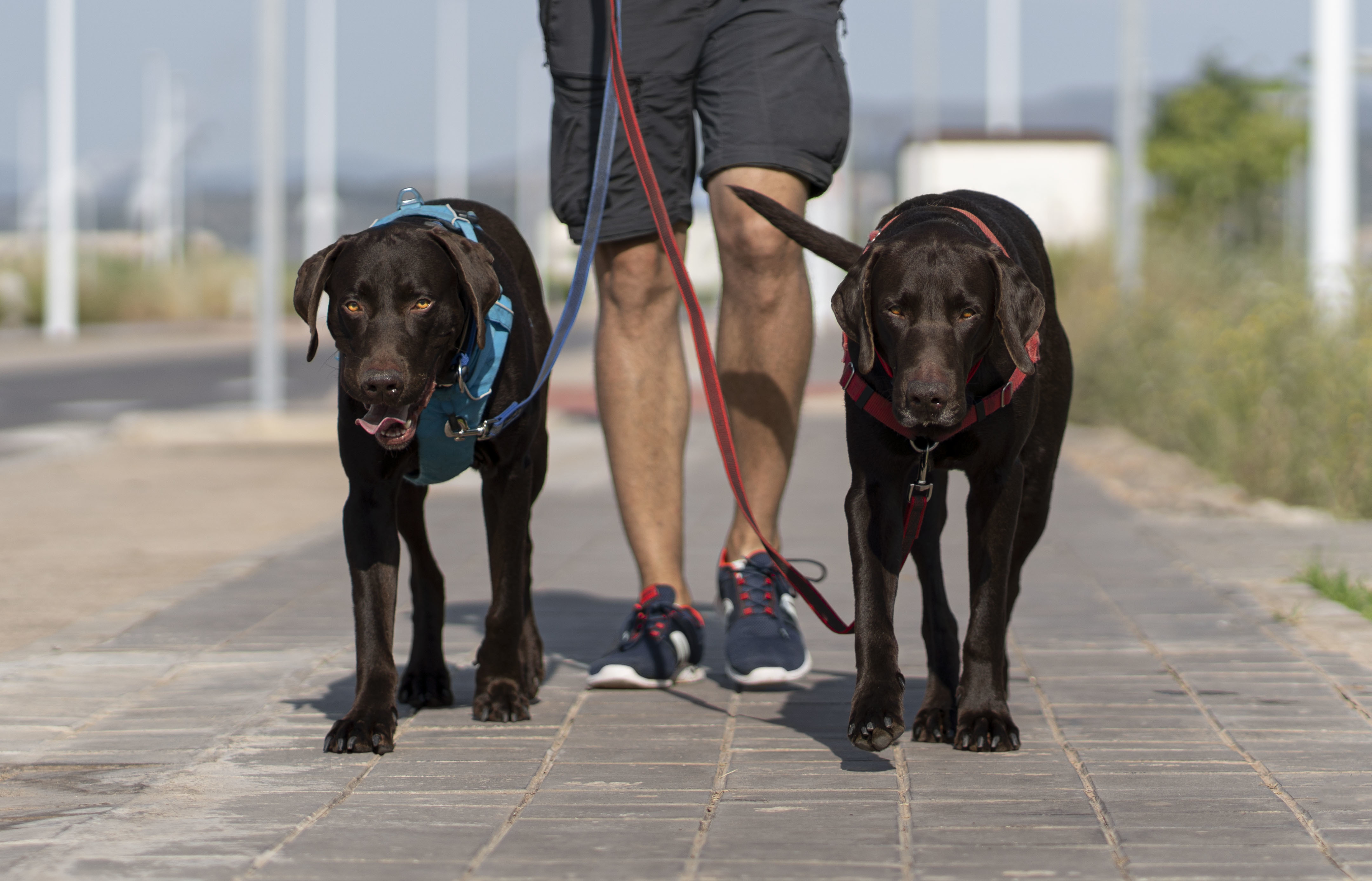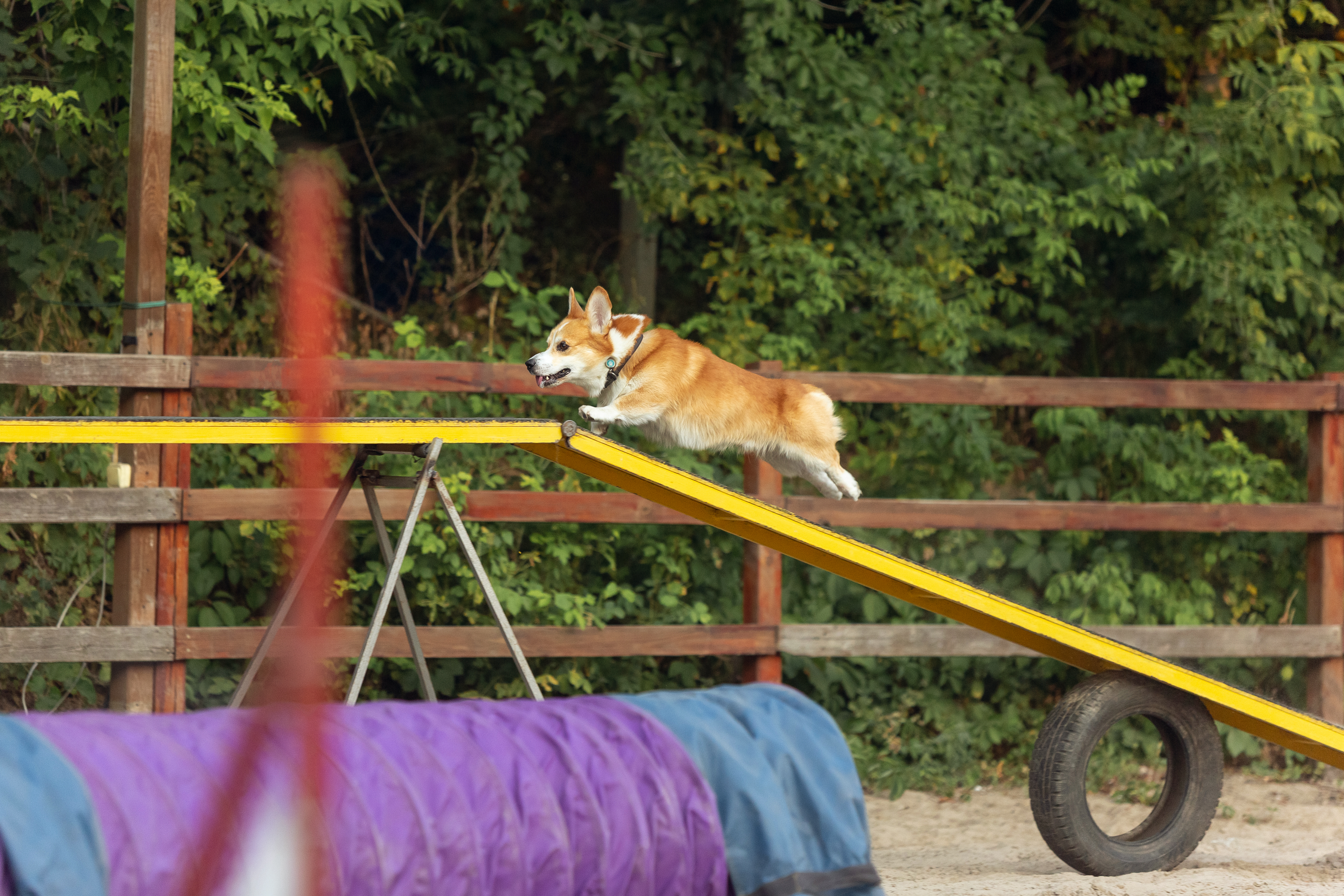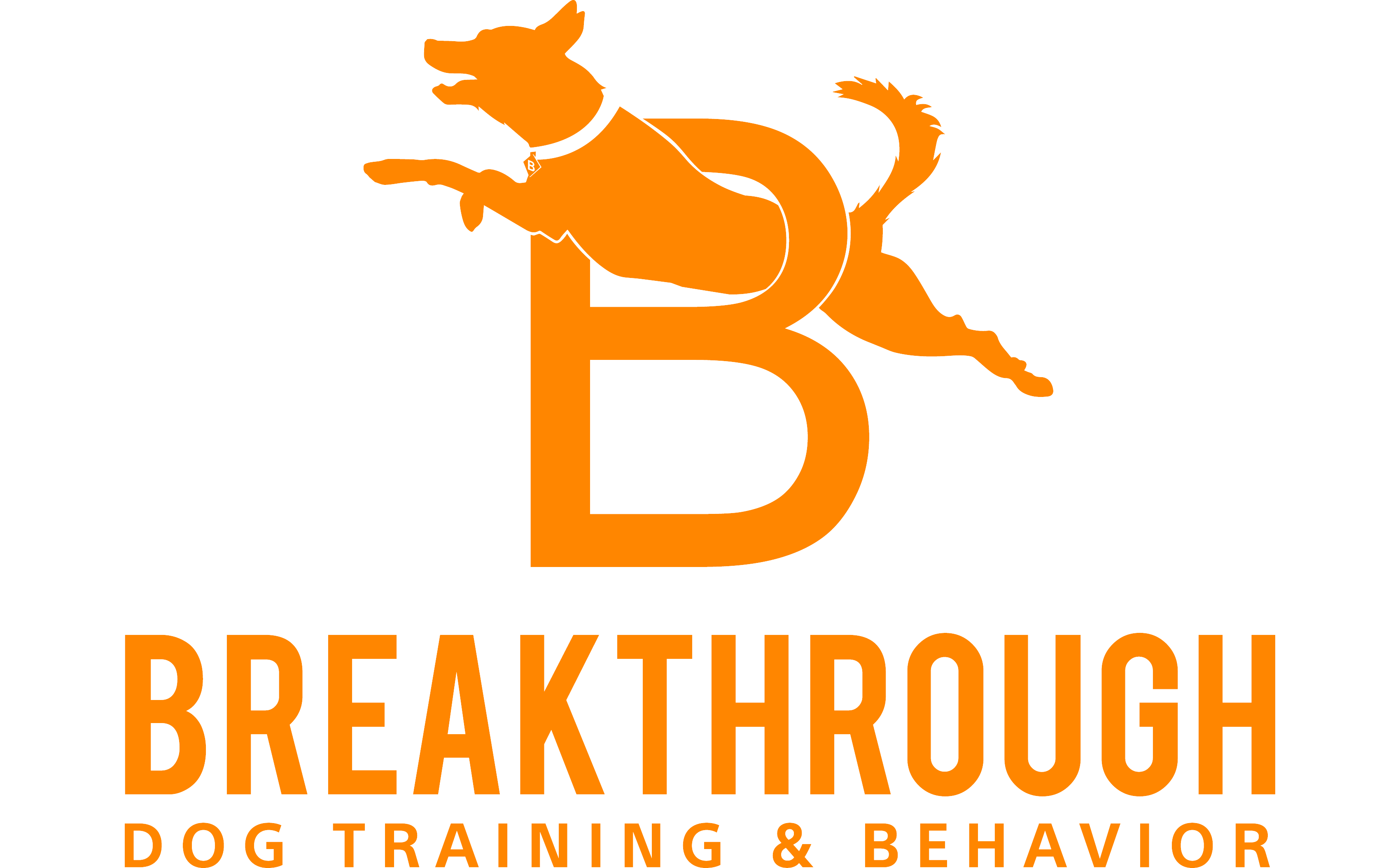Dog Trainer Dallas can help you understand the vast array of emotions and intentions dogs communicate through body language. Recognizing these signals is crucial for building a strong bond between dogs and their humans. Here are some key body language signals dogs exhibit and how a good trainer can read these cues:
Key Body Language Signals in Dogs
1. Tail Position:
High and wagging: Excitement or happiness.
Low or tucked: Fear, submission, or anxiety.
Slow wagging: Uncertainty or hesitation.
Stiff wagging: A sign of agitation or a potential threat.
2. Ears:
Erect and forward: Alertness and interest.
Flattened against the head: Fear, submission, or stress.
Relaxed and slightly drooping: Calmness or contentment.
3. Eyes:
Soft gaze: Relaxed and comfortable.
Hard stare: Dominance or a challenge.
Whale eye (showing the whites of the eyes): Anxiety or fear.
4. Mouth:
Relaxed, open mouth: Calmness or playfulness.
Closed mouth: Tension or discomfort.
Yawning: Stress relief or a calming signal, often used to diffuse tension in themselves or others.
5. Posture:
Relaxed body: Comfort and safety.
Stiff, tense body: Vigilance or aggression.
Play bow (front legs extended, hind up): Invitation to play.
6. Movement:
Bouncing strides: Playfulness or eagerness.
Crouching or slinking: Fearfulness or submission.

How Dog Trainer Dallas’s Body Language
A good trainer observes dogs closely and can interpret these signals accurately. Here’s how they do this:
1. Contextual Awareness: They consider the environment and the situation. For example, a dog may exhibit different behaviors in a familiar setting compared to a crowded park.
2. Consistency and Patterns: Experienced trainers recognize patterns in behavior. They note how a dog responds to specific stimuli or during certain interactions, allowing for a deeper understanding of the dog’s unique personality.
3. Combination of Signals: Dog Trainer Dallas often looks for clusters of signals rather than isolating one cue. For instance, if a dog shows a tucked tail and flattened ears while backing away can indicate fear, while a wagging tail, playful posture, and open mouth suggest eagerness for play.
4. Understanding Individual Differences: Every dog is different; Dog Trainer Dallas understands that breed, age, and past experiences all contribute to how a dog communicates. They tailor their observations based on an individual dog’s background.
5. Emotional Reading: Skilled trainers can discern subtle differences in readiness, anxiety, or aggression by interpreting body language cues collectively, allowing them to adjust their training techniques to ensure a positive response.

Conclusion:
Understanding dog body language is essential for effective training and fostering healthy relationships between dogs and their handlers. Dogs communicate a wide range of emotions, including fear, excitement, anxiety, and affection, through their posture, facial expressions, and movements. A Skilled Dog Trainer in Dallas uses their knowledge of these cues to guide training protocols, promote positive behaviors, and ensure the well-being of both the dog and the owner. By interpreting body language accurately, trainers can adjust their approach to each dog’s needs, creating an environment where dogs feel safe, understood, and happy. This understanding helps prevent miscommunication and reduces stress, making training more successful and enjoyable for both the dog and the handler.

